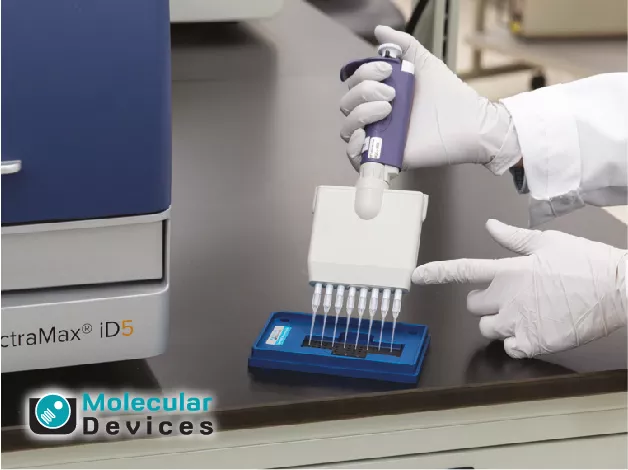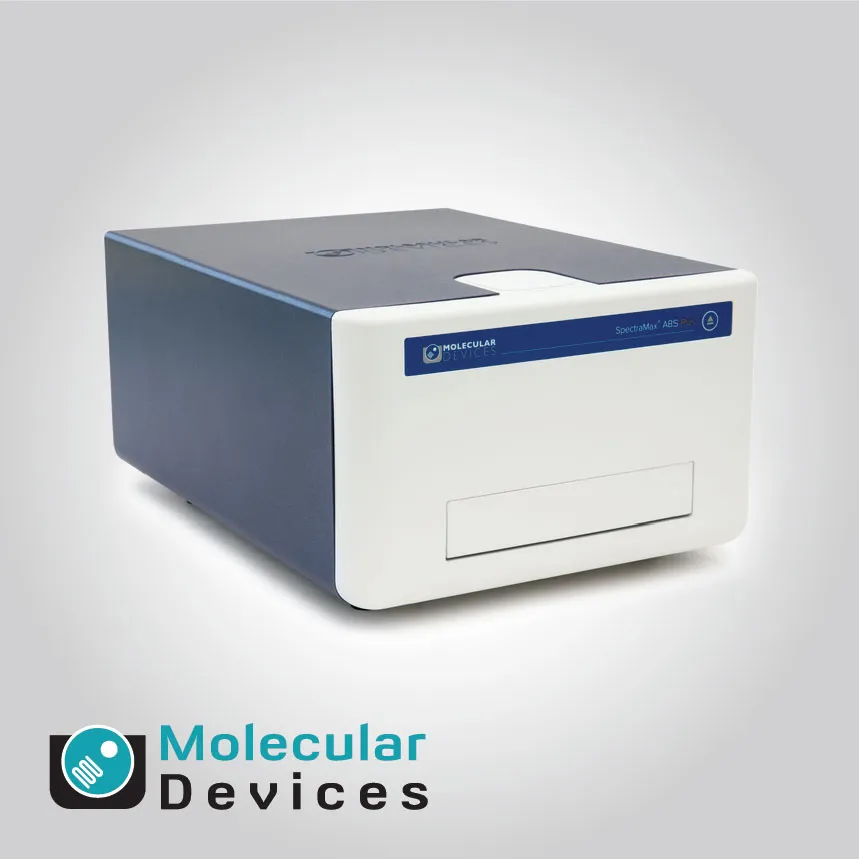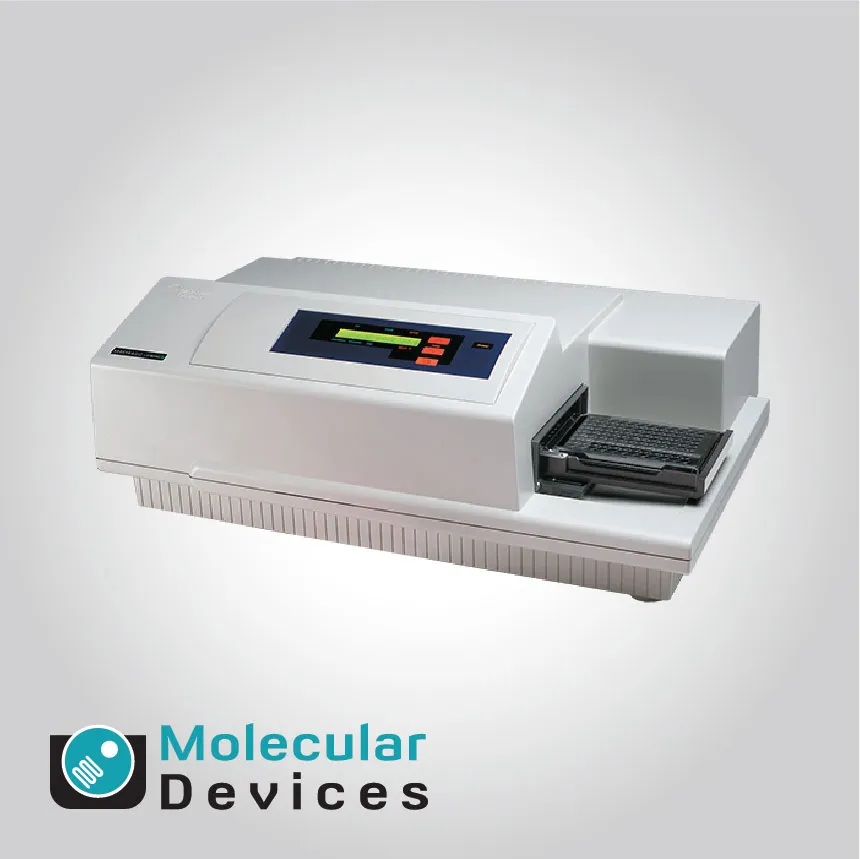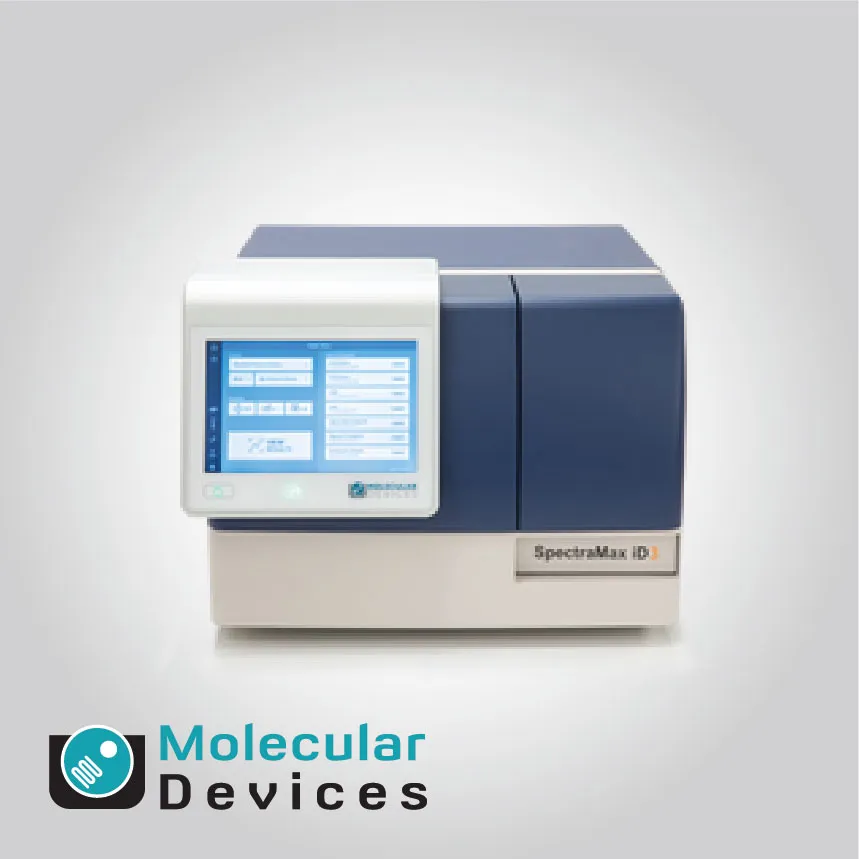
Home » Products » Microscopy & Imaging Systems » Microscopes & Optics » Molecular Devices Luminescence Single-Mode Microplate Readers
Luminescence Single-Mode Microplate Readers
Great sensitivity
Molecular Devices Luminescence Single-Mode Microplate Readers
These luminescence microplate readers are engineered to handle a broad range of assay volumes and formats. Their high sensitivity allows for detection of subtle luminescent signals, which is critical for early-stage drug discovery, biomarker analysis, and cellular response studies. Optimized optical components reduce background noise and improve reproducibility across experiments.
Advanced luminescence detection technology enables rapid measurements without compromising accuracy. Researchers can perform multiple assays efficiently, benefiting from short integration times and low crosstalk between wells. These readers are suitable for both single-signal and multiplexed assays, providing flexible solutions for diverse experimental needs.
Exceptional Sensitivity for Low-Level Signals
Luminescence single-mode microplate readers are engineered to detect extremely low levels of light, enabling precise measurement of even the faintest luminescent signals. This level of sensitivity is crucial for applications such as ATP quantification, reporter gene assays, and detection of rare cellular events. By reducing background noise and maximizing signal capture, these readers ensure reliable data, even when working with samples that emit minimal light. High sensitivity allows researchers to confidently detect subtle biological or biochemical changes that may be critical for early-stage research or drug discovery studies.
Wide Dynamic Range and Accurate Quantification
These microplate readers provide a wide dynamic range that maintains linearity across both low and high signal intensities. This allows researchers to quantify luminescent signals accurately without the need for multiple dilutions or repeated experiments. The broad dynamic range supports a variety of sample types and assay conditions, from highly luminescent reporter assays to weakly emitting samples, while ensuring consistent reproducibility. This capability is particularly valuable in high-throughput screening environments, where precise quantification across a wide spectrum of signal intensities is critical for reliable comparisons.
High-Throughput Screening and Workflow Efficiency
Luminescence readers are optimized for high-throughput workflows, enabling the rapid collection of data from multiple plates with minimal user intervention. Automation-compatible features facilitate seamless integration into robotic systems, allowing large-scale screening of compounds, gene expression studies, or cell-based assays. Short integration times, low crosstalk, and consistent signal detection across wells accelerate assay timelines without compromising data quality. This capability allows research laboratories to maximize throughput while maintaining the accuracy and reproducibility required for critical scientific studies.
Low Crosstalk and Accurate Well Attribution
Advanced optical design minimizes signal interference between wells, ensuring that luminescent readings are accurately attributed to individual wells. This is particularly important for experiments that require precise localization of luminescent signals, such as multiplexed assays, cellular viability tests, or reporter gene studies. Reducing optical crosstalk enhances the reliability of measurements, allowing researchers to detect small differences between wells and generate reproducible data across plates and experiments.
Versatile Kinetic and Endpoint Measurements
Luminescence microplate readers support both kinetic and endpoint assays, providing flexibility to monitor reactions in real time or measure accumulated signals at specific time points. Kinetic assays allow tracking of dynamic biological processes, enzyme activities, and cellular responses, while endpoint measurements are useful for high-throughput screening and comparative studies. This versatility ensures that a single instrument can accommodate a wide range of experimental designs, from time-course studies to large-scale screening campaigns.
Optimized Optical and Detection Systems
High-performance optics and sensitive photodetectors enhance the capture of luminescent signals while minimizing background noise. This optimization ensures that low-intensity signals are measured accurately, improving the reliability of experimental results. Sophisticated optics also support uniform illumination across wells, reducing variability and enabling consistent data quality across multi-well plates. Such precision is essential for assays requiring high reproducibility and sensitivity, such as biochemical pathway studies or cellular signaling research.
Flexible Plate Format Compatibility
These luminescence readers are compatible with multiple microplate formats, including 96-, 384-, and 1536-well plates, enabling laboratories to scale experiments according to throughput requirements. Consistent performance across different plate formats allows researchers to maintain data reliability when transitioning from low- to high-density assays. This flexibility ensures that a single instrument can support diverse workflows, from small pilot studies to large-scale screening campaigns.
Reliable Data Acquisition and Analysis
Integrated software allows for easy experiment setup, real-time data acquisition, and comprehensive analysis. Users can configure read parameters, apply kinetic or endpoint settings, and visualize luminescent results efficiently. Advanced software features streamline workflow, improve reproducibility, and allow confident interpretation of assay data, making these readers suitable for both routine laboratory work and complex research applications.
Read More About Molecular Devices Products Here









